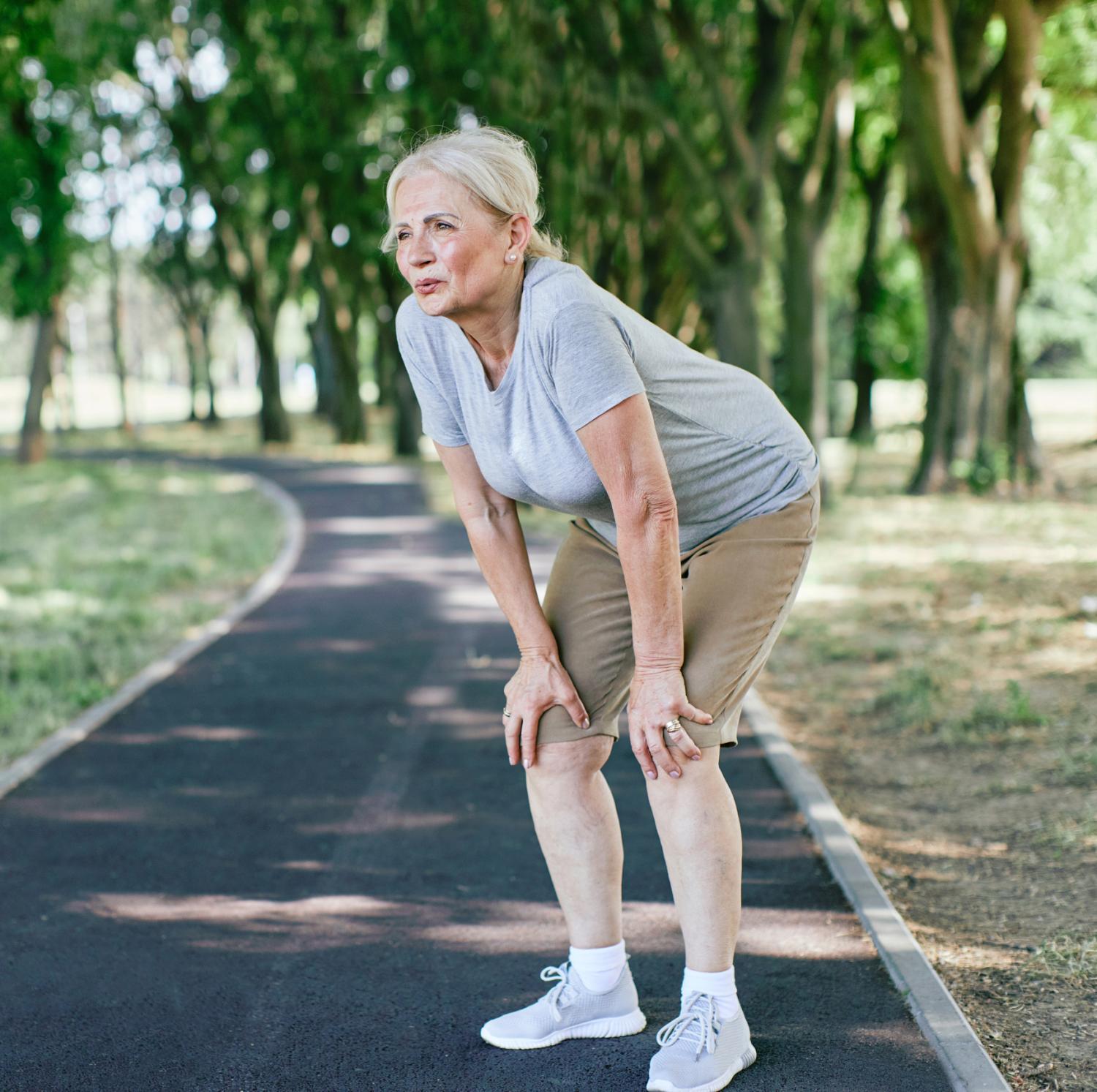Today a study published in Nature Communications describes features of the acute phase of COVID-19 infection seen in patients who later developed long COVID, and a second study in the same journal suggests that long-COVID fatigue is linked to changes to the mitochondria in muscle cells.
The first study looked at patient reported outcomes (PRO) among 590 patients with post-acute sequelae of SARS-CoV-2 (PASC), or what is commonly known as long COVID. These symptoms linger after the acute (first 4 weeks) phase of illness, or patients experience new symptoms after acute infections.
The study enrolled participants who were hospitalized for COVID-19 from May 5, 2020, to March 19, 2021, at 20 US hospitals. None had been vaccinated against COVID-19 at the time of illness.
Blood samples and nasal swabs were collected on enrollment (day 1), and days 4, 7, 14, 21, and 28 after hospital admission. Patients also completed four quarterly surveys on symptoms, including upper respiratory symptoms, fever, shortness of breath, neurologic symptoms, and gastrointestinal symptoms.
Half of patients had long COVID
Overall, more than half (52%) of the participants hospitalized with COVID-19 had symptoms lasting 3 months after the acute phase of infection, the authors said. Similar to other studies, long COVID was seen more often in female patients, those with longer hospital stays, and those with multiple comorbidities.
The main factors associated with PASC were chronic pulmonary disease (odds ratio [OR] 2.46; 95% confidence interval [CI], 1.41 to 4.29), and chronic neurologic disorder (OR 2.13; 95% CI, 1.20 to 3.78).
A total of 245 participants (52%) had an elevated baseline C-reactive protein, and 297 (50%) had an abnormal baseline D-dimer (> 0.5 mg/L) upon hospital admission. Blood samples showed that patients who reported PASC had lower receptor binding domain and spike antibody (Ab) titers on day 1 of the study.
"Our data demonstrate that higher SARS-CoV-2 viral burden and lower Ab titers during the acute phase are associated with both the physical predominant deficit as well as the multidomain deficit PRO clusters," the authors wrote.
Remdesivir not tied to lower risk
During hospitalization, 76% of participants received oxygen therapy, 68% received steroids and 64% received remdesivir.
Among the 52% of participants who reported symptoms 12 weeks post-infection and beyond, 29% reported shortness of breath, 21% reported muscle aches or pain, and 20% reported cough.
"Any use of [the antiviral drug] remdesivir and steroids in the inpatient period was not associated with a decrease in PASC prevalence," the authors found.
The authors concluded by suggesting their findings "highlight the benefit of measuring immune responses during the acute phase for the early identification of patients at high risk for PASC, which may facilitate testing and monitoring of targeted PASC prevention and treatment."
Mitochondria malfunction in long COVID patients
In the second study, investigators from Amsterdam University Medical Center (Amsterdam UMC) sought to discover the root cause of post-exertional malaise, or extreme fatigue after physical or mental exertion, in long-COVID patients.
Limited exercise tolerance and post-exertional malaise is one of the most common features of long COVID, the authors said, but the pathophysiology of the conditions are unknown.
We saw various abnormalities in the muscle tissue of the patients.
The researchers induced post-exertional malaise in a cohort of 25 patients with long COVID and 21 controls who had recovered from mild COVID, taking blood and skeletal muscle biopsies before and after a maximal exercise test.
"We saw various abnormalities in the muscle tissue of the patients. At the cellular level, we saw that the mitochondria of the muscle, also known as the energy factories of the cell, function less well and that they produce less energy," says senior study author Rob Wust, PhD, in an Amsterdam UMC press release on the findings.
Interestingly, heart and lung function measured during the exercise test was normal in long COVID patients, further suggesting the muscles play a significant role in post-exertional malaise.
Exercise needs to be tailored for long-COVID patients, the authors said. "We advise these patients to guard their physical limits and not to exceed them," said lead author says Brent Appelman, MS, a PhD candidate at Amsterdam UMC.
"Think of light exertion that does not lead to worsening of the complaints. Walking is good, or riding an electric bike, to maintain some physical condition. Keep in mind that every patient has a different limit."




















